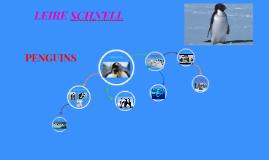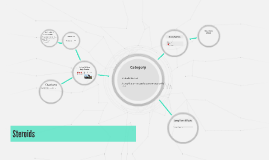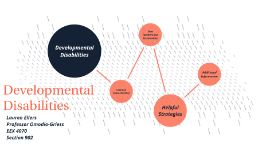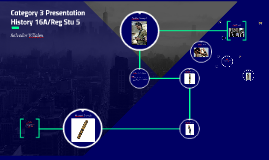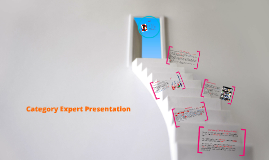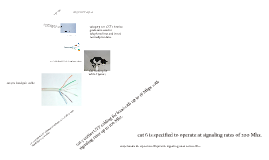Disability Category Presentation
Transcript: Developmental Disabilities Lauren Ellers Professor Omodio-Griess EEX 4070 Section 902 Developmental Disabilities Developmental Disabilities Definition "Mental or physical disabilities that impair the person's functioning in language, learning, mobility, self-care, or other important areas of living" (Vaughn, Bos, & Schumm, (2010), p. 251) "Developmental Disabilities" is an umbrella term that encompass a wide variety of intellectual disabilities that vary in severity and the impact that they play in a person with a developmental disability's everyday life. Definition Common Characteristics Since there are several different types of Developmental Disabilities, it is best to classify common characteristics by breaking them down into more specific categories. "The most recent Global Burden of Disease data estimate that in 2015, there were 3.6 million children aged 1–9 years living with autism and more than 15 million living with idiopathic developmental intellectual disability" (Collins et al., 2017) Common Characteristics Intellectual Disabilities Students with intellectual disabilities have limited cognitive functioning, often learn at a slower pace, and sometimes struggle with both complicated tasks and age-appropriate skillsets. This term is now preferable to "mental retardation", as it suggests a more optomistic attitude towards the person's quality of life and abilities. Intellectual Disabilities Can be genetic, physical, or non-physical Can affect a student's cognitive, motor, and/or social skills These include Chromosomal Disorders (Down Syndrome) Fragile X Syndrome Fetal Alcohol Syndrome Abuse, low birth-weight, disease, infection, exposure to toxins, etc. Physical Causes of Intellectual Disabilities Physical Causes of Intellectual Disabilities Typical life activities are significantly affected. Affects a student's intellectual, motor, communication, and/or social skills. These include Severe intellectual disabilities Multiple disabilities dual sensory impairments Severe Disabilities Severe Disabilities How Teachers Can Accomodate How Teachers Can Accomodate Identifying Students with Developmental Disabilities Document observations of students who are displaying difficulties completing tasks. Follow proper school district protocol by reaching out to principal/counselor/whoever is specified on how to approach having a meeting with the student's family. Keep an open communication the student's families. Identifying Students with Developmental Disabilities Students with developmental disabilities often require an adapted curriculum/education plan, such as an IEP. Teachers can modify lesson plans/goals/objectives to better benefit students with developmental disabilities with systems such as: Planning Pyramid- Encourages student's participation in regular class activities, but makes a distinction regarding their individualized goals/objectives. McGill Action Planning System: Fosters relationships through team activities. Choosing Outcomes and Accommodations for Children: Individualizes curriculum for students with developmental disabilities in classroom setting. Person-Centered Planning: Focuses more on student's transition into adulthood. Planning Planning Assessing students with developmental disabilities through monitoring progress throughout/viewing their progress holistically is beneficial. Types of effective assessments include: Portfolio assessment Alternate assessment (checklists, performance, etc.) Assessment and Analysis Assessment and Analysis Helpful Strategies There are many ways that teachers can install helpful strategies into the everyday classroom environment in order to provide students with developmental disabilities a quality educational experience. Helpful Strategies Create a Routine Creating a routine to rensure to the student that they are safe and in a learning environment where they can grow can help towards increasing their sense of belonging. This can be achieved through Direct instructions, whether they be in emergency situations or daily classroom procedures Create a Routine Establish Varied Learning Goals Remember that students with IEPs may have different learning goals. While these goals may be different, they should always be directed towards meeting quality educational needs of the student. Establish Varied Learning Goals Environmental Accomodations Simple ways of changing the classroom environment to accomodate to students with developmental disabilities' needs can further increase their sense of belonging. This can be acheived through simple means such as the purchase of more comfortable chairs, or adjusting the height of a desk for a student who uses a wheelchair. Environmental Accomodations Cooperative Learning Cooperative learning is a good strategy for encouraging the inclusion of the student with developmental disabilities with the rest of their class. Through assigning each student with a role towards achieving a group goal, interdependence and rapport is built among






